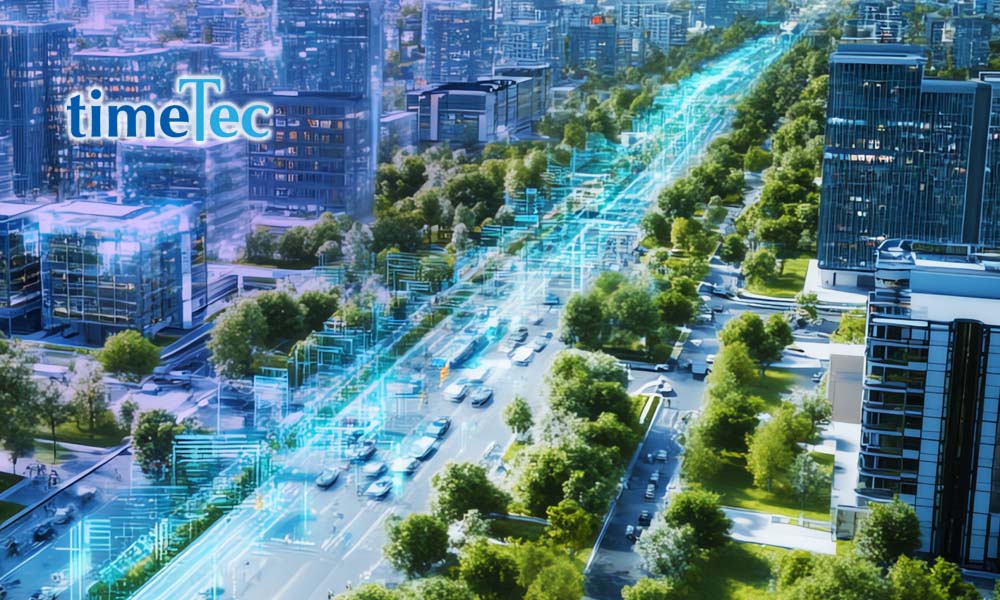A critical question for the parking industry’s future:
Will we still need parking systems in the age of autonomous vehicles (AVs)? And if the answer is yes, how must they evolve in purpose, design, and operation? More importantly, when will this transformation take place?
At its core, the parking system exists because cars exist. As the automobile industry has evolved, so too has parking. Until now, even “smart” parking systems have had limited interaction with the vehicles themselves, the communication typically occurs with the owner, not the vehicle.
But this is about to change. In a future dominated by self-driving cars, parking systems must interact directly with the vehicles. Without human drivers, cars will need to “talk” to the infrastructure, and that simple truth will redefine the entire parking landscape.
Yes, parking systems will still be needed in an autonomous future, but for reasons that go far beyond traditional parking. Here’s why and how the industry will transform:
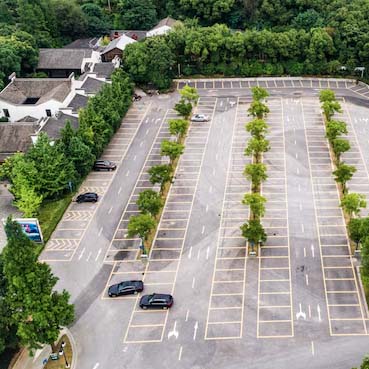
1. Space Management Still Matters
Even autonomous vehicles need to stop and wait when not in use:
- Fleet-based AVs (e.g., robotaxis and delivery vehicles) will require designated staging, recharging, and idle zones.
- Privately owned AVs still need to park — whether at home, shopping malls, or offices.
- Urban spaces will continue to enforce rules for drop-offs, short-term loading, and dwell time.
The role of parking systems will shift from static “ticketing” to dynamic space optimization.
2. Dynamic, Automated Space Allocation
In an autonomous future, parking systems will evolve into cloud-based traffic and space orchestration engines, capable of:
- Assigning parking spots in real time based on:
- Vehicle type and size
- Battery level
- Duration of stay
- Proximity to pick-up/drop-off points
- Redirecting AVs to less congested zones or “remote garages” via integration with traffic systems
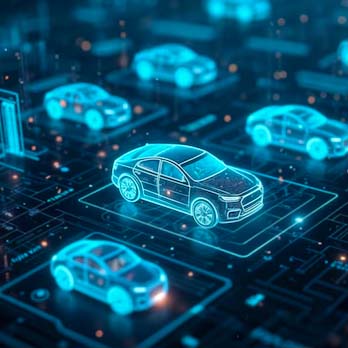
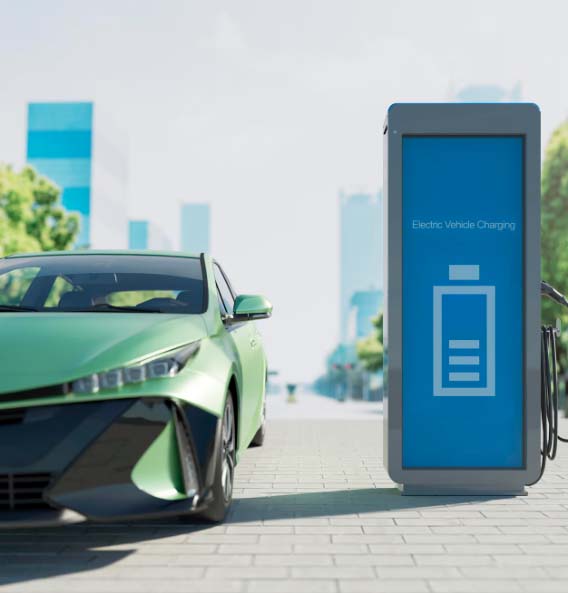
3. Charging & Servicing Will Replace Traditional Parking
In a world of AVs and EVs, “parking” often means:
- Charging batteries
- Cleaning or servicing vehicles
- Staging for the next task (e.g., ride requests or deliveries)
Modern parking systems will manage:
- Smart queuing for chargers
- Energy pricing and billing
- Scheduled maintenance or automated cleaning
4. Security, Identity & Access Permissions
Autonomous vehicles still require oversight and regulation:
- Access control: Not all AVs should enter all areas (e.g., VIP zones, high-security areas).
- Authentication & permissions: For private or restricted access points.
- Payment systems: Monthly billing or usage-based charging for fleets and private vehicles.
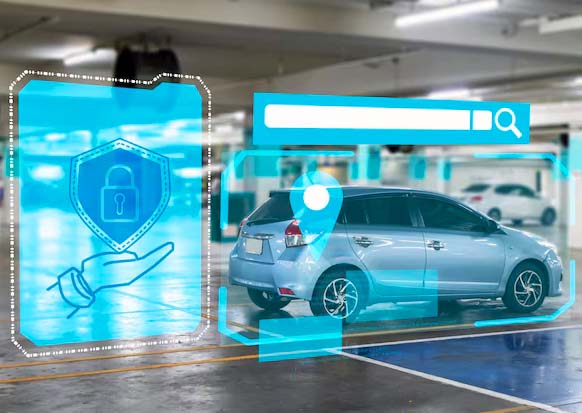
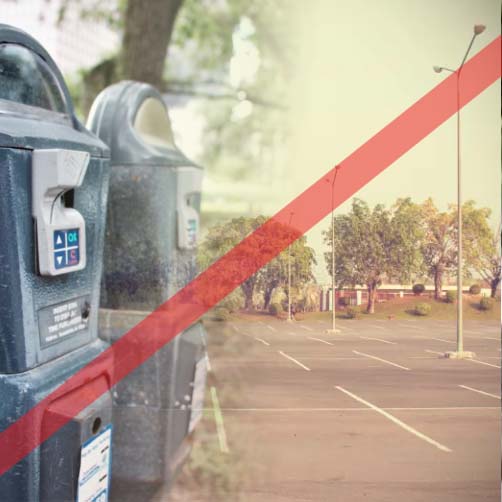
5. Impacts on Parking Equipment & Payment Models
As parking becomes autonomous, traditional hardware becomes obsolete:
- No need for boom gates, RFID readers, CCTVs, or parking guidance systems
- Pre-authorized, seamless billing through AV platforms or ride-hailing apps
- Pricing varies based on services and can be billed monthly or per usage
6. Integration with Urban Planning & Policies
Future parking systems will align with broader smart city goals:
- Urban density planning and zoning compliance
- Integration with carbon emission control systems
- Real-time adaptation to congestion levels and traffic flows
In short, parking systems will evolve from isolated control tools to integrated mobility nodes in the smart city ecosystem.
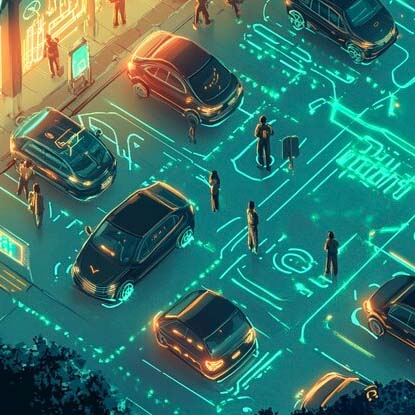

From Smart Parking to Urban Mobility Coordination
The traditional concept of parking (ticketing, barriers, enforcement) will disappear. In its place will be a city-wide orchestration layer, coordinating space, energy, and vehicle behavior using AI and predictive systems.
The likely Timeline of Parking Systems Evolution (2025–2050)

2025–2030: Transition to Smart Parking
Key Trends:
- Cashless, touchless systems (LPR, QR, eWallet Direct)
- Mobile app integration and cloud analytics
- Early EV parking + charging deployment
- Autonomous vehicle trials (Level 3)
Parking Role:
- Efficient access control, revenue collection, and enforcement
- Basic analytics (occupancy, dwell time, revenue trends)
- EV charger monitoring and billing
- Human-driven but digitally enhanced
2031–2035: Rise of Semi-Autonomous Fleets
Key Trends:
- Mixed traffic (human-driven + Level 4 AVs)
- Urban densification and micro-mobility
- Expansion of robotaxis and delivery AVs
Parking Role:
- Fleet-oriented space management (zones for robotaxis, delivery bots)
- Dynamic reservation of drop-off and pick-up zones
- Autonomous valet parking pilots in malls, airports
- Integration with traffic control and city infrastructure
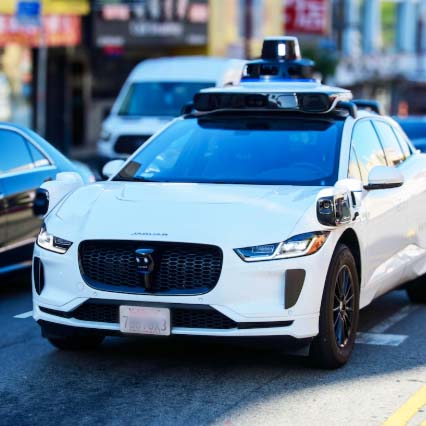
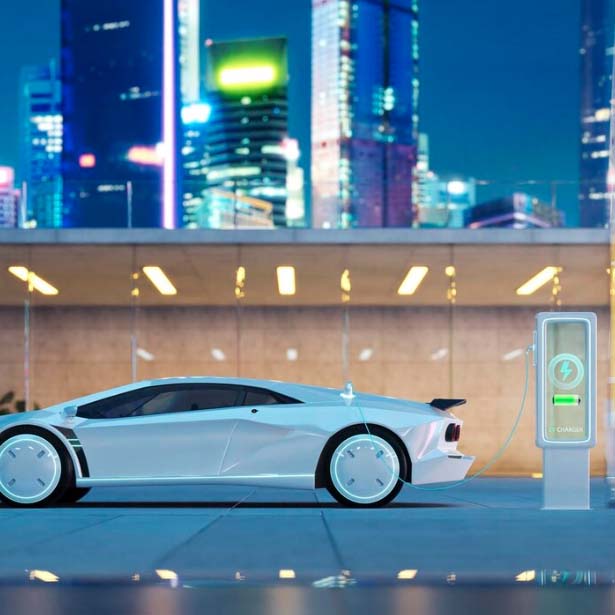
2036–2040: Shift to AV-Dominant Environments
Key Trends:
- Private AV ownership increases
- Shared mobility mainstreamed
- Cities begin reclaiming parking lots for other use
Parking Role:
- Fully automated vehicle guidance systems — no human intervention
- Parking systems handle routing, staging, and scheduling of AVs
- Charging + maintenance hubs replace traditional car parks
- Integration with city-wide mobility platforms, carbon tracking
2041–2045: Human Driving Phased Out
Key Trends:
- Level 5 AVs become the majority
- Human drivers banned in city centers
- Parking spaces repurposed or eliminated
Parking Role:
- Acts as a mobility logistics engine
- Manages AV queues, charging loads, service tasks
- AI decides where vehicles “wait” or roam until needed
- No gates, tickets, or on-site staff — everything is cloud-orchestrated

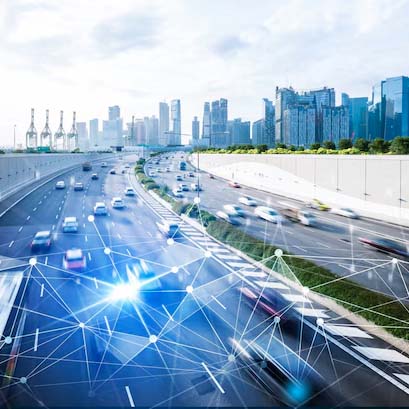
2046–2050: Urban Mobility Ecosystem
Key Trends:
- AV mobility is fully autonomous and demand-driven
- No traditional “parking” — vehicles circulate or stage remotely
- Urban spaces are designed around humans, not cars
Parking Role:
- Transformed into Urban Mobility Coordination Platform
- Manages space, energy, tasks, and compliance for fleets
- AI-enforced access rights, eco-priority lanes, congestion and carbon policies
- Predictive demand models for mobility planning
We summarize the parking system evolution into a slide format as follow:

03-8070 9933 • Email • www.timeteccloud.com • Interest Form
